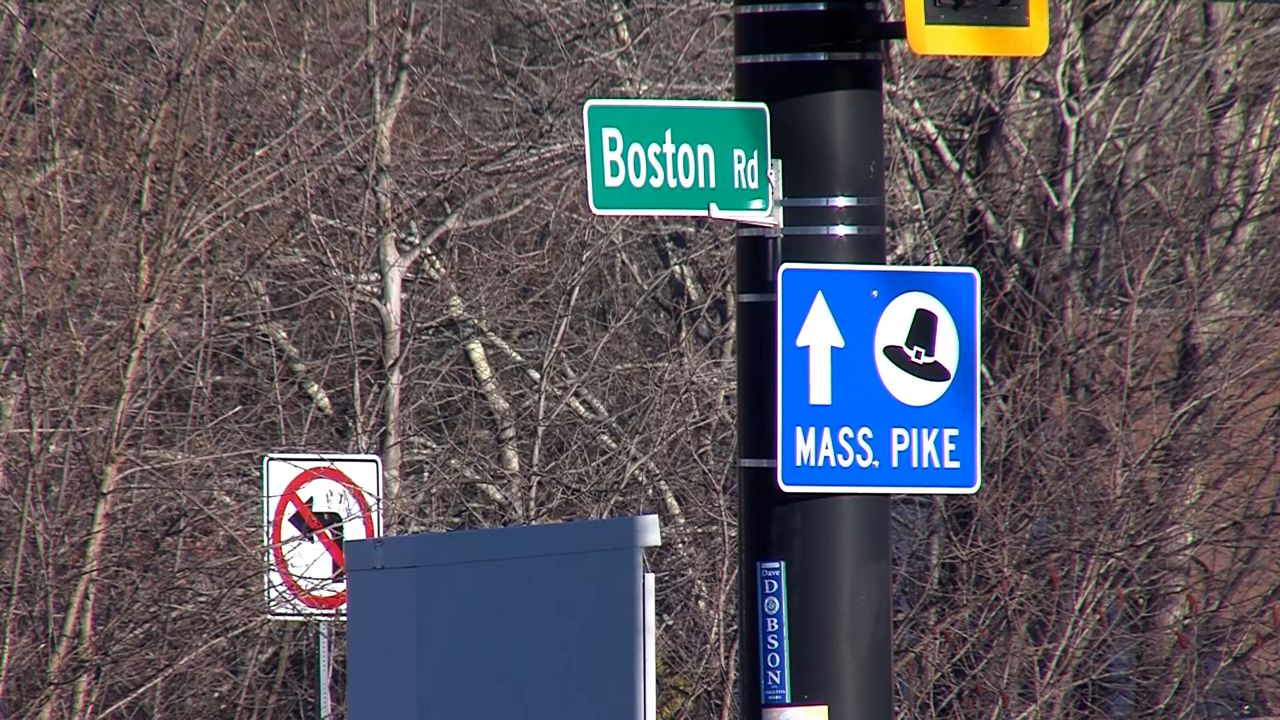It's regressive on drivers, but not necessarily the whole population. If the congestion charge ends up effectively being a transfer from drivers to transit riders (which seems to be the plan), it becomes much less clear how regressive (or progressive) the tax is. With most trips to Lower Manhattan being on transit, and those transit riders being lower-income on average than drivers, this is a tax on a wealthier segment of the population to provide benefits for a poorer one.
There's also the fact that for a congestion fee to actually reduce congestion, it has to be high enough for drivers to mode shift or not take the trip altogether. Someone needs to be "hit the hardest" so to speak, and flat taxes avoid thornier arguments about how much of a discount should be received and who should get it.
Lastly, there
are discounts for low income NYers.
One for anyone in the state making less than $50,000/year, and
another for residents of the congestion zone making less than $60,000 a year. You can argue that the discounts should be steeper or apply to a broader section of the population, but they do exist.

